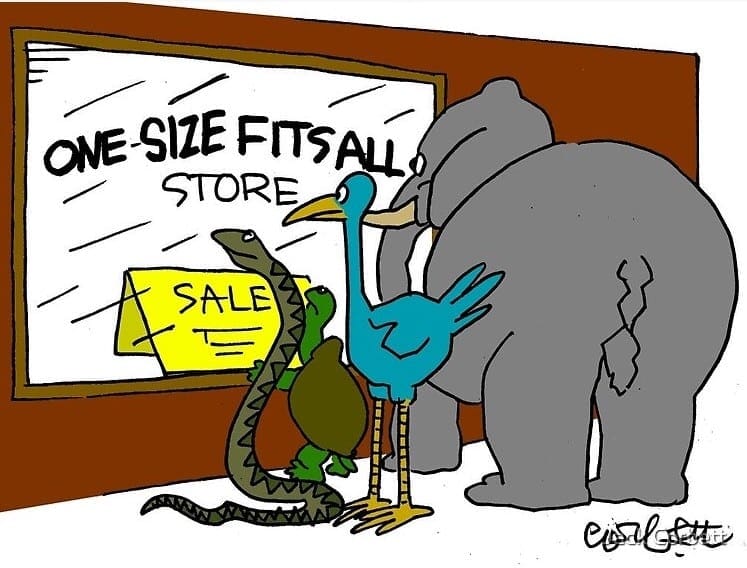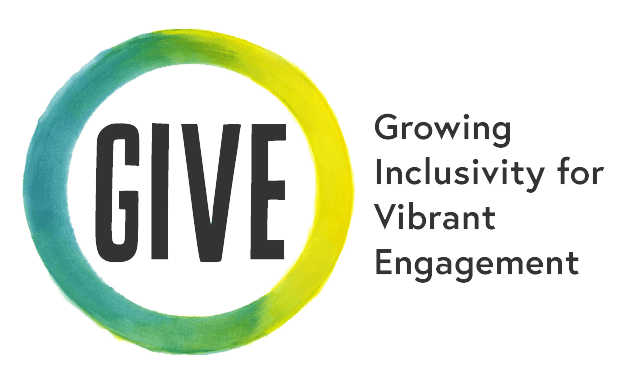Ajout de spécificités à partir de la liste de contrôle UDL
Créez un objectif et assurez-vous que tout le contenu soutient l'objectif.
The activity as outlined is designed to support the goal. You can assess how successful you were in achieving your goal by adding in some check-ins. For example: Repeat theater vocabulary throughout and by the middle of the activity, ask students to fill in the blank instead of giving them the word. “We need someone else to add onto our frozen picture, our ___.” At the top of the activity, you can introduce an “actor tools” checklist: voice, body, imagination. Afterward, ask students: “Did we use our voices? If so, sing me an ‘ahhh.’ Did we use our bodies? If so, strike a pose. Did we use our imaginations? If so, give me a thumbs up.”
Offrir aux élèves des occasions de s'autoréguler, de faire des choix et d'inclure leurs intérêts.
Prior to the activity, you could add a group brainstorm of options: “What are your favorite things in a park?” Then throughout the activity, students have choices in how they want to participate. They can choose when and what they add to the tableau; they can help direct the tableau; or they can add sounds from the audience. You can lead multiple rounds to let students choose which environments to explore next.
Créez plusieurs points d'entrée afin que tous les étudiants puissent y accéder équitablement et en profiter.
For students who are less verbal or non-verbal, you can eliminate the verbal prompt, “I am a ___,” and put the emphasis on making a clear pose. If there are students who are verbal in the class, this can then become a fun guessing game. You can also have students participate as “director” to help make the tableau clearer.
Faites d'abord, puis réfléchissez. Réfléchissez tout au long de la leçon au lieu de la sauvegarder jusqu'à la fin.
Students can reflect in various ways on their experience during the activity. During a timeout, between rounds, or after the activity, you can prompt students to share how they’re feeling, inviting them to respond verbally, with a still pose, a dance move, a drawing, etc. Or you might ask students to show with their bodies poses that they liked, that either they made or someone else in the class made.
Soutenir plusieurs styles d'apprentissage en présentant et en cultivant l'information à l'aide de diverses modalités.
- Visuels : Vous pouvez commencer l'activité en demandant aux élèves de dessiner leur propre version d'un parc. Ou vous pouvez créer une murale de groupe où chaque élève dessine une partie du parc jusqu'à ce qu'il y ait un grand parc de groupe. Vous pouvez également vous préparer avec des visuels de choses dans un parc au cas où un élève se retrouverait coincé.
- Explication orale/orale et réponses : Expliquez l'activité décrite ci-dessus. Accompagnez et racontez tout au long.
- Supports écrits/textuels : Si vous faites un remue-méninges en groupe à l'avance, vous pouvez écrire et écrire les idées de choses trouvées dans un parc.
- La technologie: Si disponible, vous pouvez utiliser un ordinateur ou une tablette pour extraire des visuels pour accompagner les idées que les élèves génèrent dans leur remue-méninges, leurs poses et/ou leur tableau. Vous pouvez même commencer l'activité en montrant une vidéo d'une « journée dans la vie » au parc.
- Possibilités pour les élèves d'utiliser leur corps et de bouger : Ceci est déjà intégré à l'activité. Vous pouvez vous baser sur le tableau pour incorporer un mouvement ou créer un mouvement de danse de parc, qui peut culminer en une soirée de danse de parc.
- Opportunités pour les étudiants de s'engager dans des expériences tactiles et/ou sensorielles : You can bring in items from a park (e.g., tactile objects like bark, grass, and stones; or essential oils with scents like pine and lavender). Introduce these items as you are setting the scene of the park.
 Essayer
Essayer Essayer
Essayer Rappelles toi
Rappelles toi

